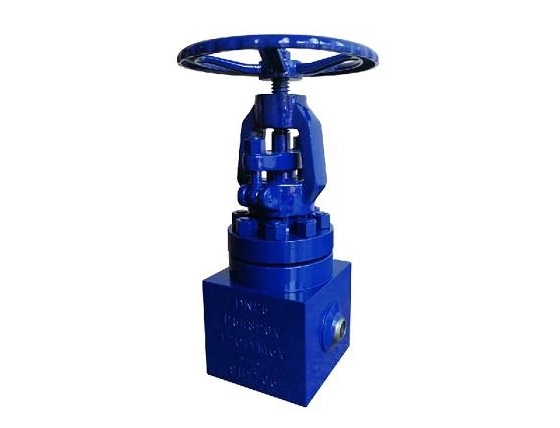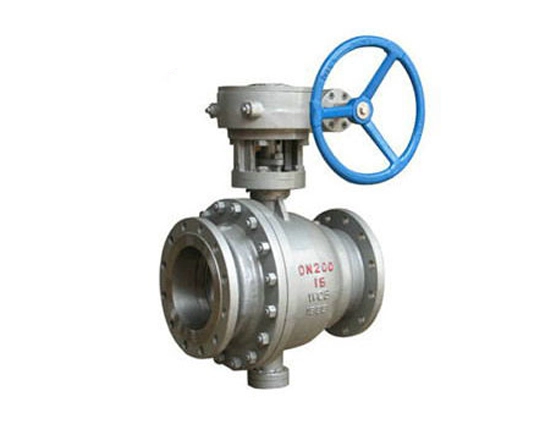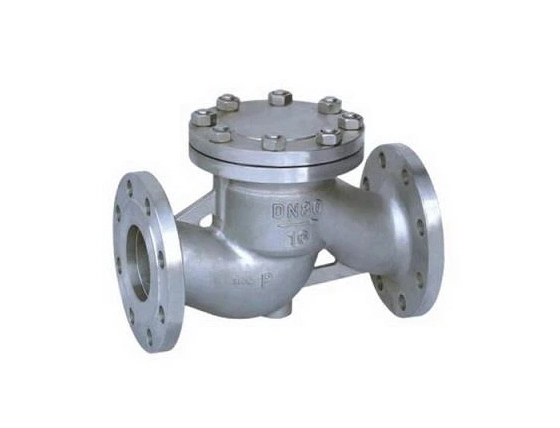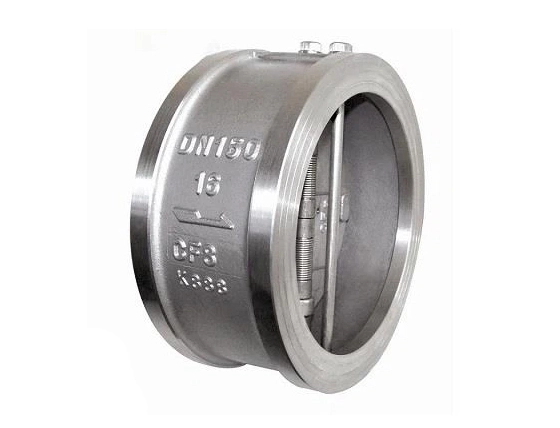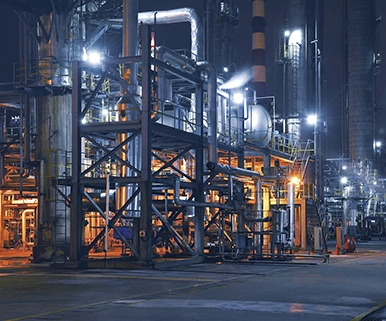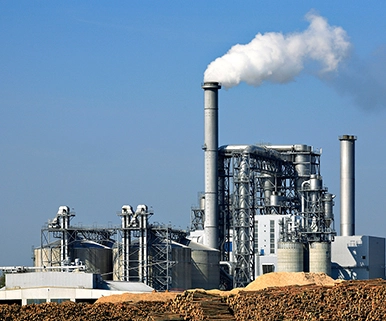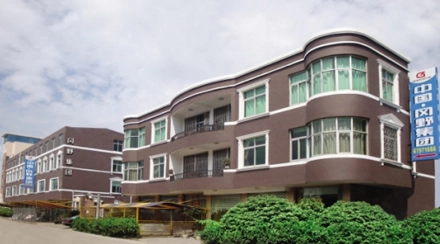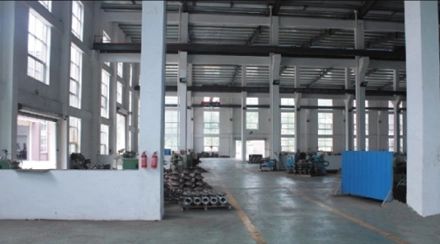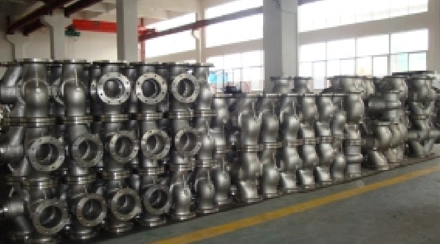en

Industrial valves play a critical role in power generation facilities by controlling the flow of fluids and gases in various processes. They are used in different areas of power generation, including power plants, renewable energy facilities, and transmission systems. Here are some common applications of different types of valves used in power plant:
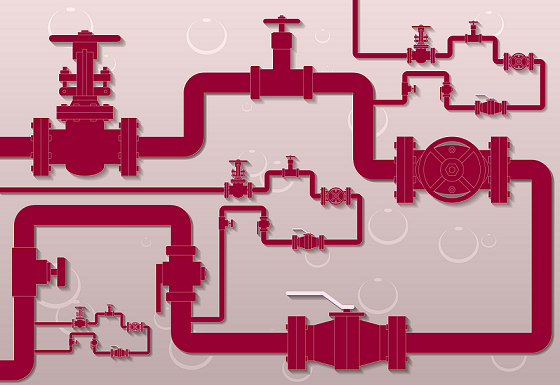
Boiler Systems: Valves are used in boiler systems to control the flow of steam, water, and fuel. They regulate the steam supply, maintain pressure levels, and control the water level in boilers. Safety relief valves are also crucial for protecting boilers from overpressure conditions.
Turbine Control: Valves are employed in turbine control systems to regulate the flow of steam that drives the turbines. Control valves are used to precisely control steam flow, maintain turbine speed, and optimize power generation efficiency.
Cooling Systems: Valves are utilized in cooling systems of power plants to control the flow of cooling water. They regulate the water supply to condensers and cooling towers, ensuring efficient heat transfer and maintaining optimal operating temperatures.
Pumping Systems: Valves are integral to pumping systems used in power plants. They control the flow of water, chemicals, or fuel through pumps, ensuring efficient and reliable operation of the pumping systems.
Gas Systems: Valves are used in natural gas and fuel gas systems in power generation facilities. They control the flow of gas during combustion processes, regulate gas pressure, and ensure the safety of gas supply lines.
Ash Handling: Valves play a crucial role in ash handling systems, particularly in coal-fired power plants. They control the flow of ash slurry, ash water, and pneumatic conveying systems, facilitating efficient ash disposal and minimizing environmental impact.
Emission Control: Valves are used in emission control systems to regulate the flow of flue gas and control the release of pollutants. They ensure compliance with environmental regulations and help minimize the environmental impact of power generation processes.
Transmission and Distribution: Valves are utilized in power transmission and distribution systems, such as substations and power grid infrastructure. They control the flow of electricity, regulate the voltage, and provide isolation for maintenance and safety purposes.
In each of these applications, the selection of valves depends on factors such as the type of fluid or gas, pressure and temperature requirements, flow rates, system safety considerations, and regulatory compliance. Different types of valves used in power plant, such as gate valves, globe valves, butterfly valves, and control valves, are chosen based on the specific needs of the power generation processes and equipment.
In the power plant industry, valves play a crucial role in controlling the flow of fluids and gases within the various processes. Valves are classified based on their functions and applications. Here are some common classifications of different types of valves used in power plant industry:
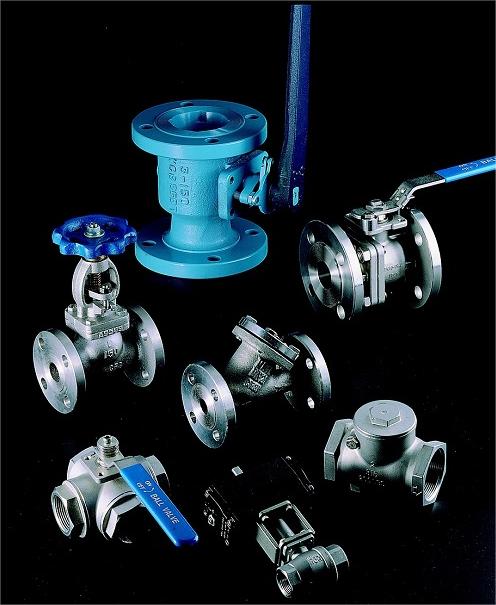
Isolation Valves:
Gate Valves: These valves are commonly used for on/off service in high-pressure and high-temperature applications. They have a gate-like disk that moves perpendicular to the flow direction, providing a tight seal when fully closed.
Ball Valves: Ball valves use a spherical closure element to control flow. They are known for quick, quarter-turn operation and are often used for tight shut-off in high-pressure applications. There are many types of ball valves for power plants to choose from, such as fixed ball valve.
Butterfly Valves: Butterfly valves have a disk mounted on a rotating shaft, and they control flow by rotating the disk parallel or perpendicular to the flow direction. They are often used for large-diameter applications.
Control Valves:
Globe Valves: Globe valves are used for precise control of flow. They have a globe-shaped body with a movable disk that regulates the flow by moving up and down within the valve seat. There are numerous types of globe valve for sale, catering to the diverse needs of power plants, including options like the angle type globe valve.
Needle Valves: Needle valves are a type of globe valve with a slender, pointed disc. They are particularly useful for fine control of flow in low-flow applications.
Safety Valves:
Relief Valves: These valves are designed to open automatically to release excess pressure. They are critical for preventing overpressure in equipment and ensuring the safety of the power plant.
Safety Relief Valves: Similar to relief valves, safety relief valves automatically open to release excess pressure but are specifically designed to provide a higher level of safety.
Check Valves:
Swing Check Valves: Check valves allow flow in one direction only. Swing check valves have a swinging disc that moves with the flow to prevent backflow.
Lift Check Valves: Lift check valves, like 100mm check valve, use a vertically moving disc to block reverse flow. They are commonly used in applications where a low-pressure drop is essential.
Pressure Reducing Valves:
Pressure Reducing Valves: These valves maintain a preset downstream pressure by regulating the flow. They are crucial for controlling pressure in different parts of the power plant.
Isolation and Regulation Valves:
Control Isolation Valves: Valves that combine both isolation and regulation functions. They are used in applications where precise control is necessary along with the ability to shut off the flow completely.

